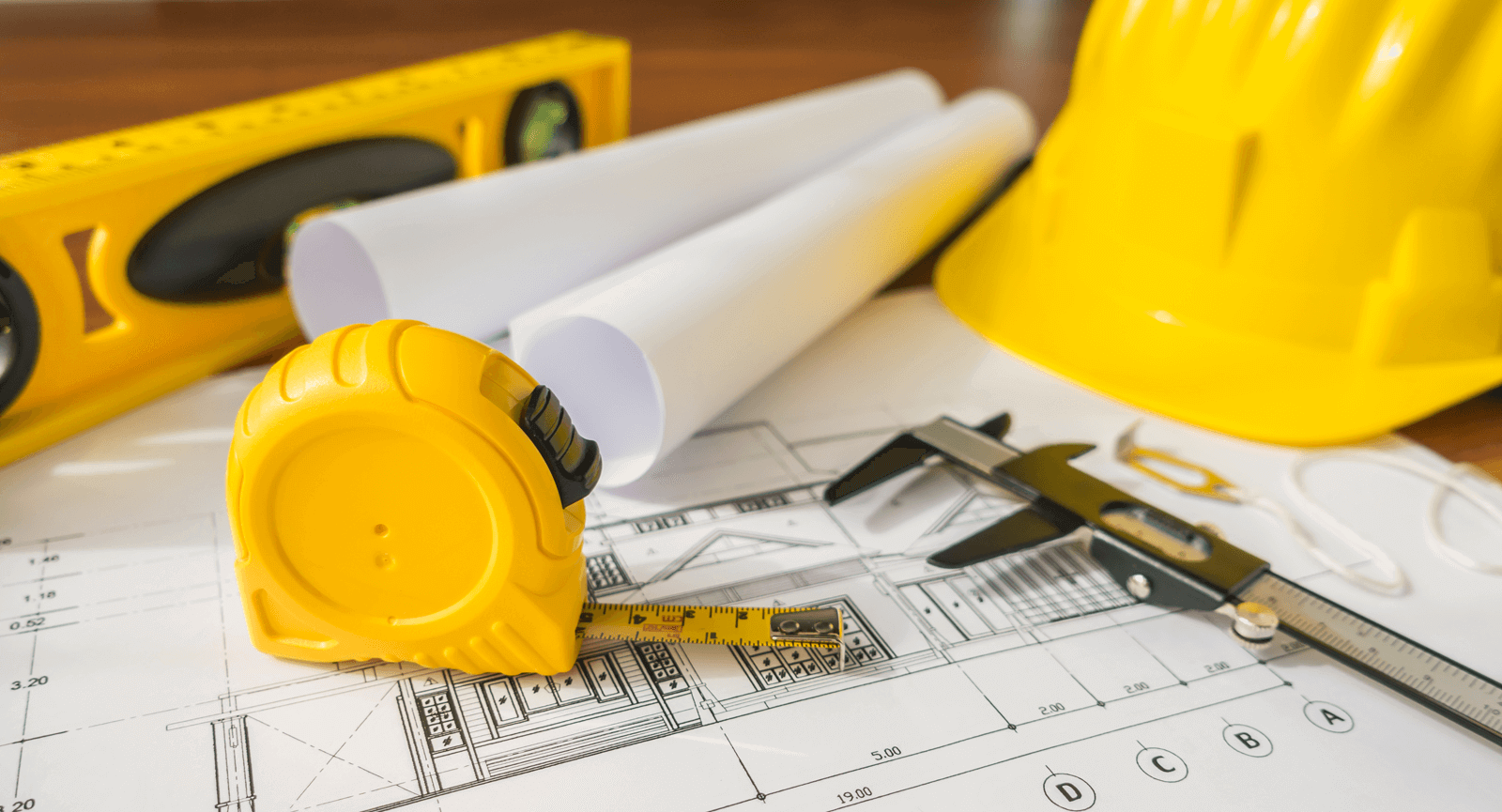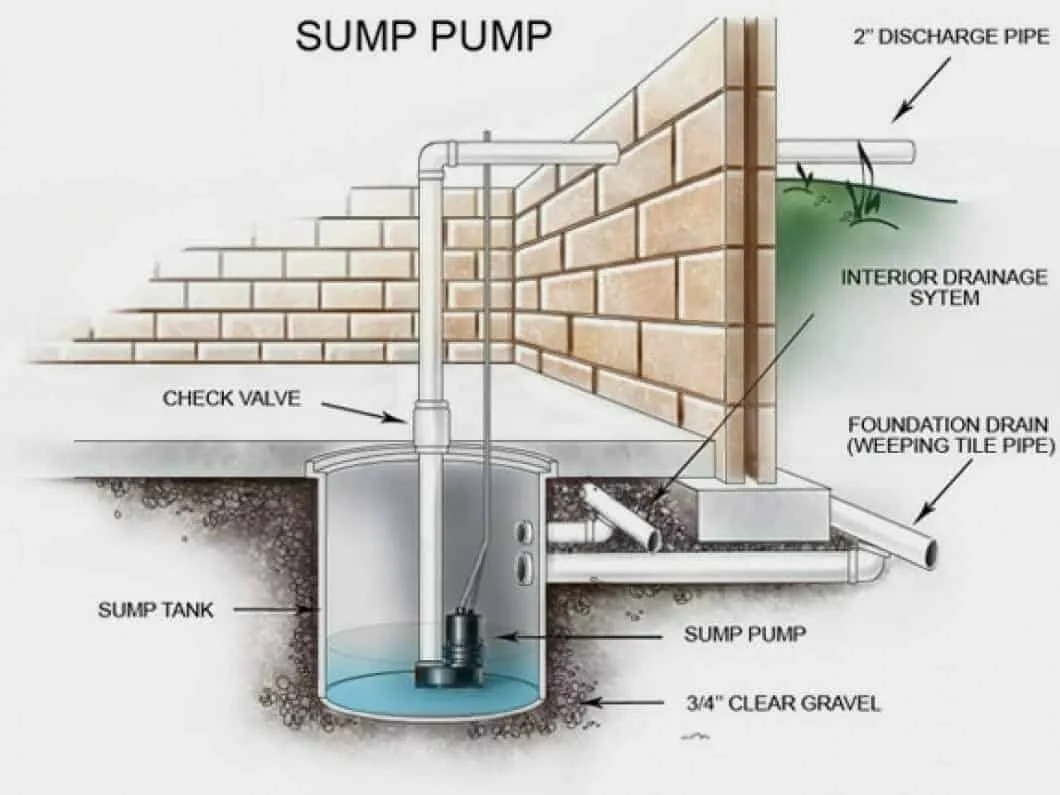Dewatering Companies in Dubai, UAE
Dewatering Experts through their expertise in dewatering technology and system design, innovate & develops optimum engineering solutions with in-depth consideration for environmental protection, quality, cost-effectiveness & project timeline developing practical and flexible dewatering systems catering to diverse projects requirements using following dewatering methods
Project Operations & Management

Planning
Groundwater flow varies in space and time and depends on the hydraulic properties of the rocks and the boundary conditions imposed on the groundwater system.

Resource Allocation
Groundwater models are used to predict the effects of hydrological changes on the behavior of the aquifer and are often named groundwater simulation models.

Project Execution
The most reliable and commonly used method of determining aquifer characteristics is by controlled aquifer pumping tests.

Site Investigations
Pumping Test: The most reliable and commonly used method of determining aquifer characteristics is by controlled aquifer pumping tests. Groundwater flow varies in space and time and depends on the hydraulic properties of the rocks and the boundary conditions imposed on the groundwater system.
Groundwater Hydrogeologocal Modeling: Groundwater models are used to predict the effects of hydrological changes on the behavior of the aquifer and are often named groundwater simulation models.
We Deliver Excellence In
Dewatering System Design
For Our Customer
Dewatering System Design
IRBC expertise in dewatering system design, innovates & develops optimum engineering solutions with in depth consideration of cost, health, safety & environment. After an assessment of all the relevant project information such as:
• Detailed construction drawings.
• Ground conditions.
• Excavation details and site conditions.
• Shoring details.
• Project’s specifications and schedule.
• Surrounding structures
Overpumping
Overpumping involves the removal of water from an existing reservoir or source & discharging it to a Stormwater M/H, Lagoon or Sea. Overpumping operation requires a suitable set of pumps & piping networks. Care must be taken while designing the system to ensure that the pumping capacity is sufficient to match the flow rate.
Pumping Test
Pumping tests are very helpful in the investigation of ground properties for optimal dewatering system design for projects. Pumping test involves lowering groundwater in controlled flow rates through a Deepwell & recording the water flow rates along with drawdown in pre-defined locations of observation wells at regular intervals of time.
Dewatering Modeling
Computer modeling simulates steady and non-steady flow in an irregularly shaped flow system with varying aquifer properties to build a dewatering model. Hydraulic conductivity for any layer may differ spatially.Soil properties, plot size, boundary conditions & proximity to water body form the major parameters for dewatering modeling
Deep Well Dewatering
For deep excavations, dewatering can be carried out using a Deep Well dewatering. Deep Wells form a large radius of influence, hence they can be placed at some distance from the excavation. Designing a Deep Well dewatering system is complex as compared to the Wellpoint dewatering, thus all aspects must be considered.
Wellpoint Dewatering
Wellpoint dewatering systems are used to lower groundwater within shallow excavations & are effective in complex soil conditions. The Wellpoint dewatering generally helps to lower groundwater by around 3meters. For deeper excavations, a multi-stage Wellpoint dewatering can be used, provided it is technically & commercially viable.
French Drain Dewatering
To control surface or seepage water between the cavities of hard impermeable strata, the French Drain dewatering system proves to be very efficient. French Drain dewatering involves draining water using gravity into sumps. The removal of groundwater can take place with the help of vacuum or submersible pumps.

Sump Pumping System
Sump Pumping is considered as the simplest way of Dewatering System. Generally, in dewatering works we are using sump pump to remove the water accumulated in a certain part of the plot excavation.
The groundwater is allowed to seep into the excavation, and then collected in sumps and pumped away to the nearest discharge point for disposal. This method can be very effective and economic in well-graded coarse soils (such as gravelly sands, sandy gravels and coarse gravels) or in hard fissured rock.
However, in unfavourable ground conditions sump pumping can lead to major problems. Instability can occur in finegrained soils such as silts and fine sands where fine particles are drawn out of the soil, resulting in ground movements and settlements.
In this case further study and analysis required for a better dewatering design system to be applied.
